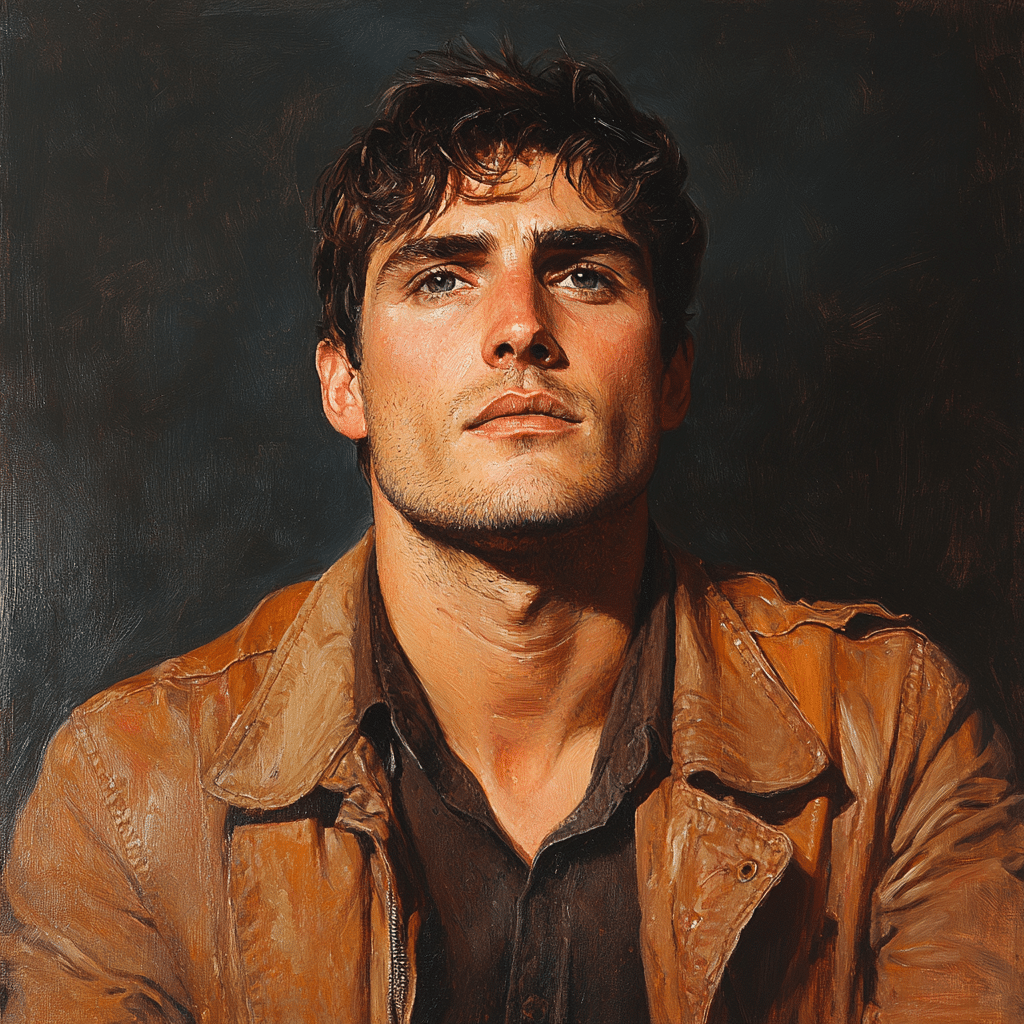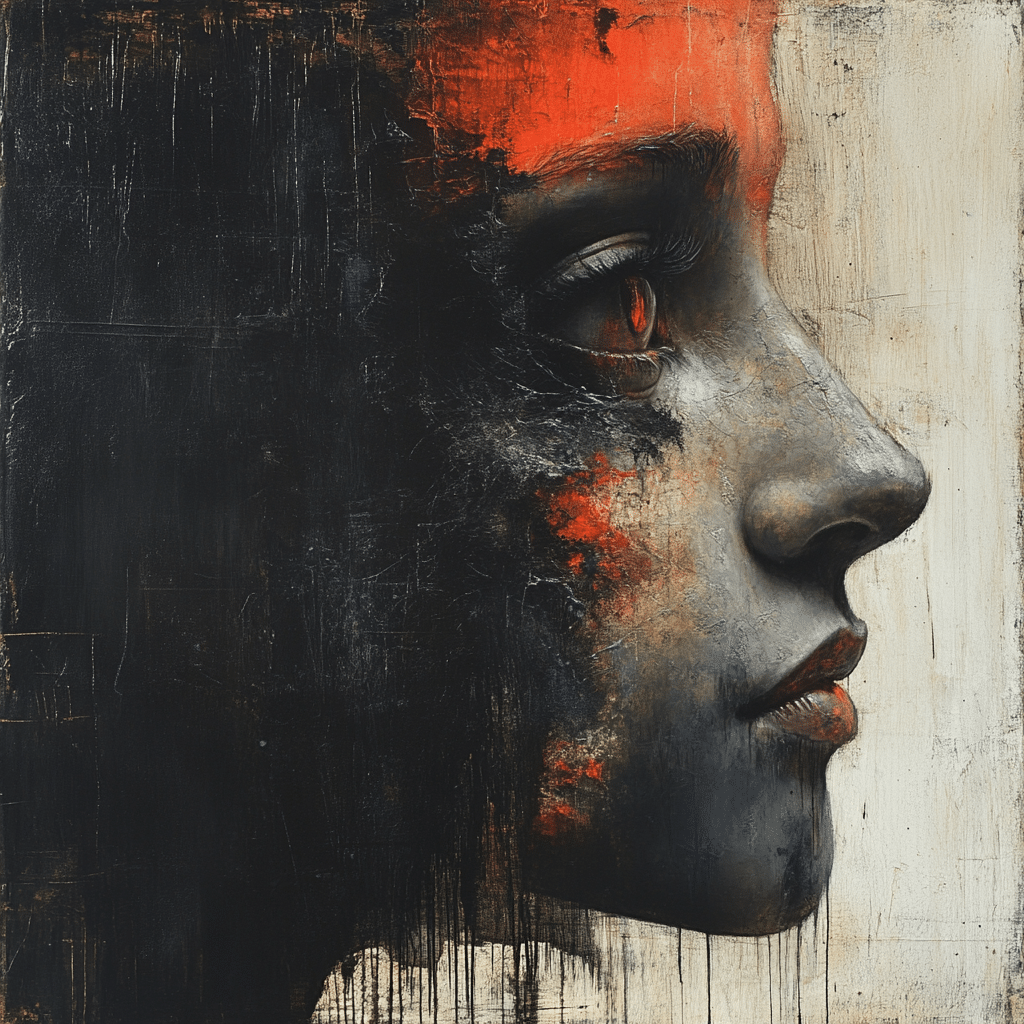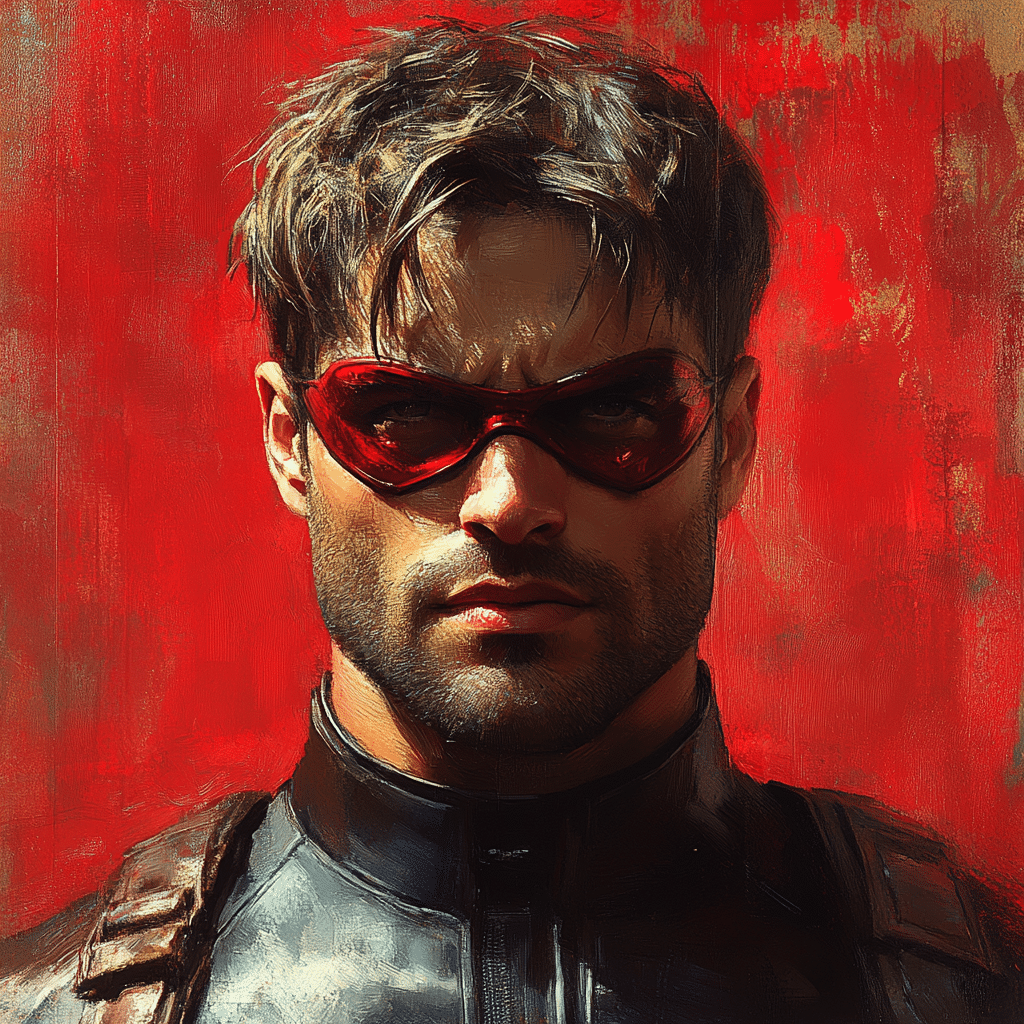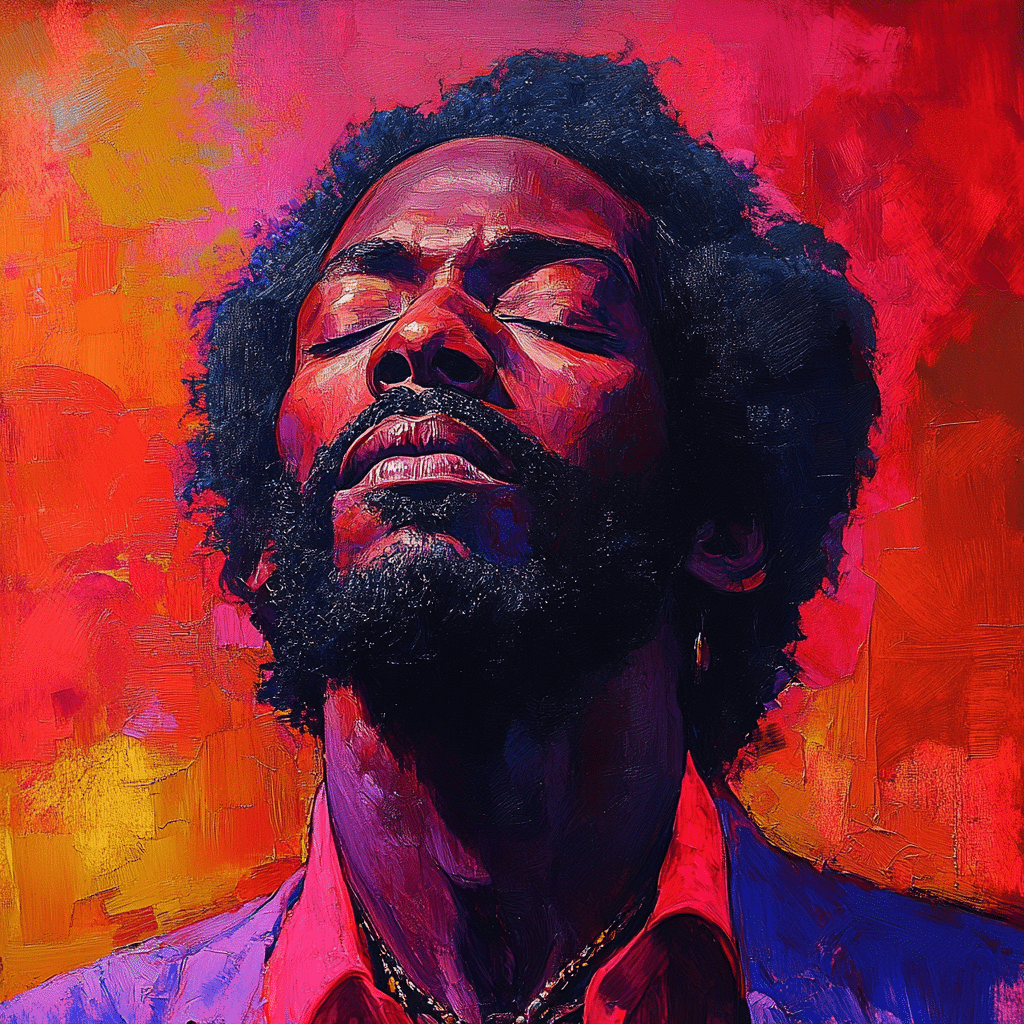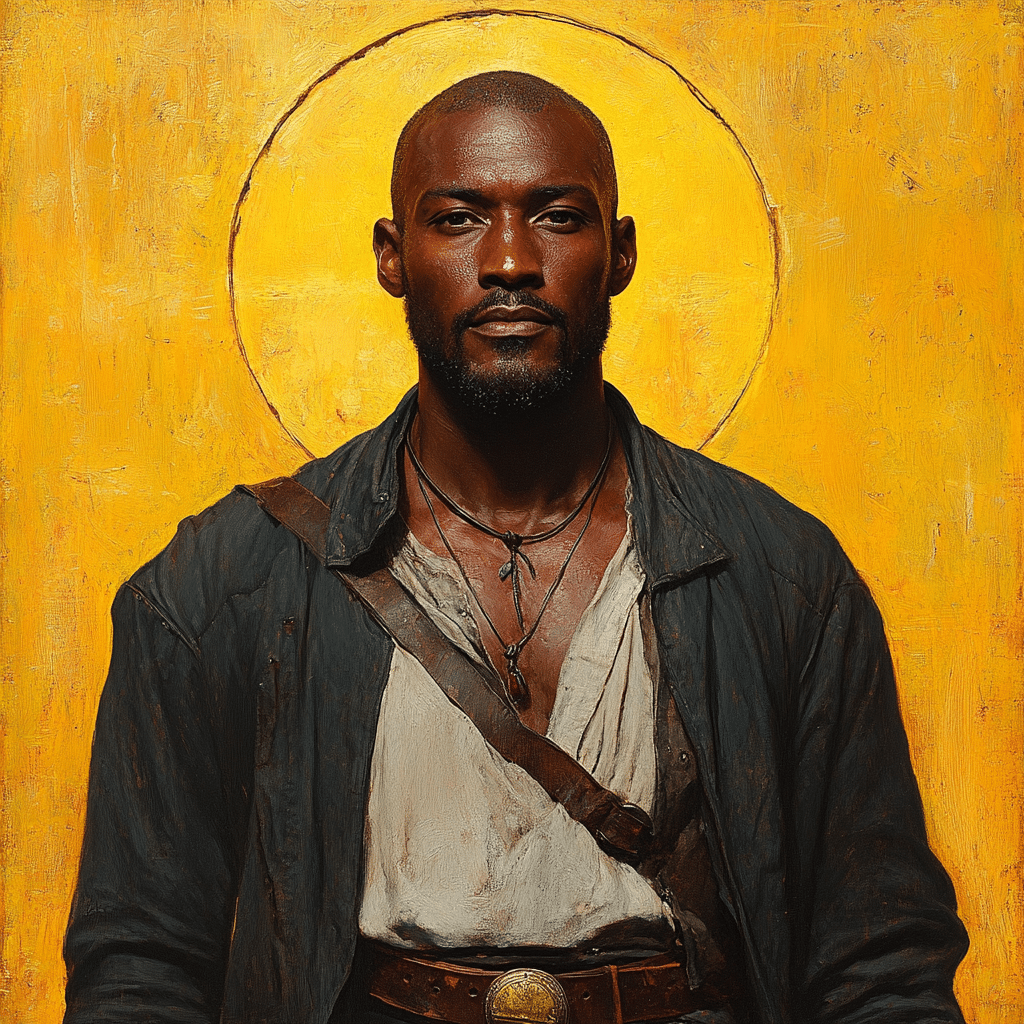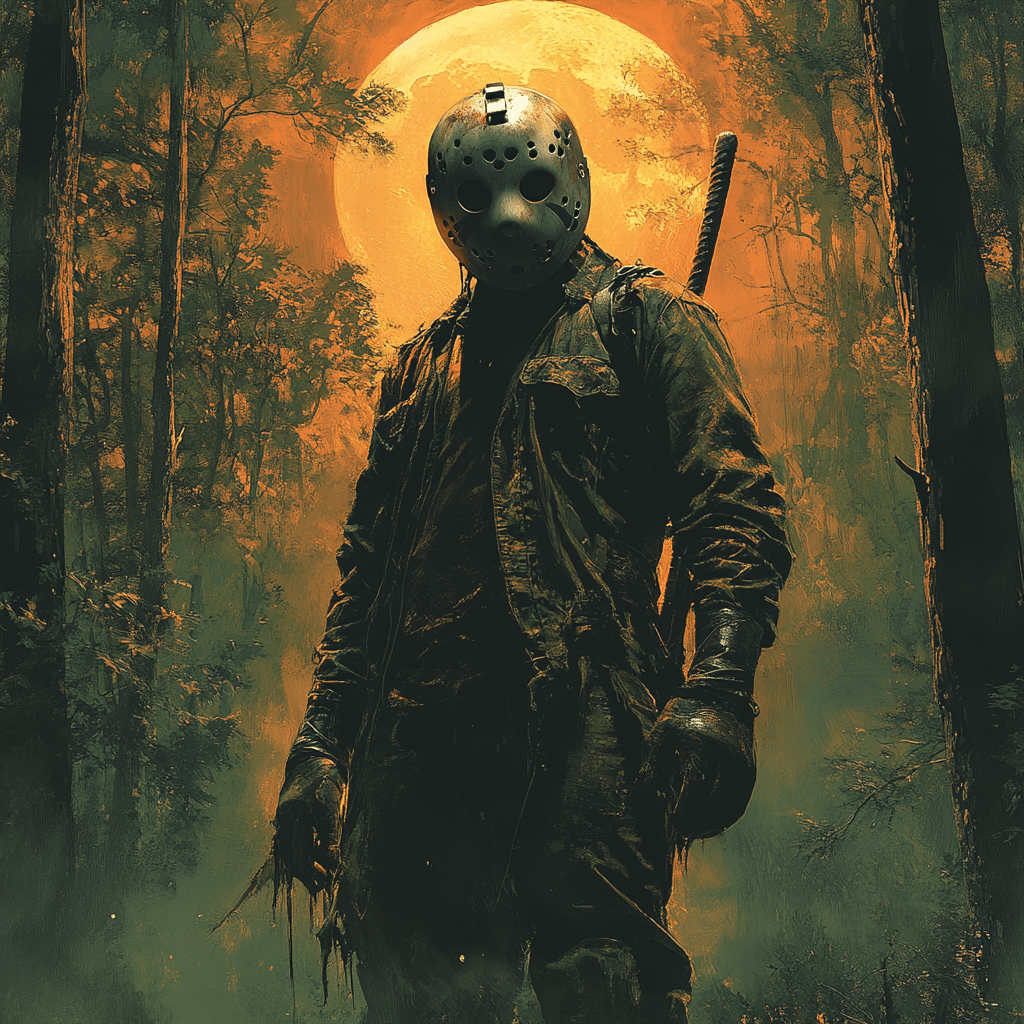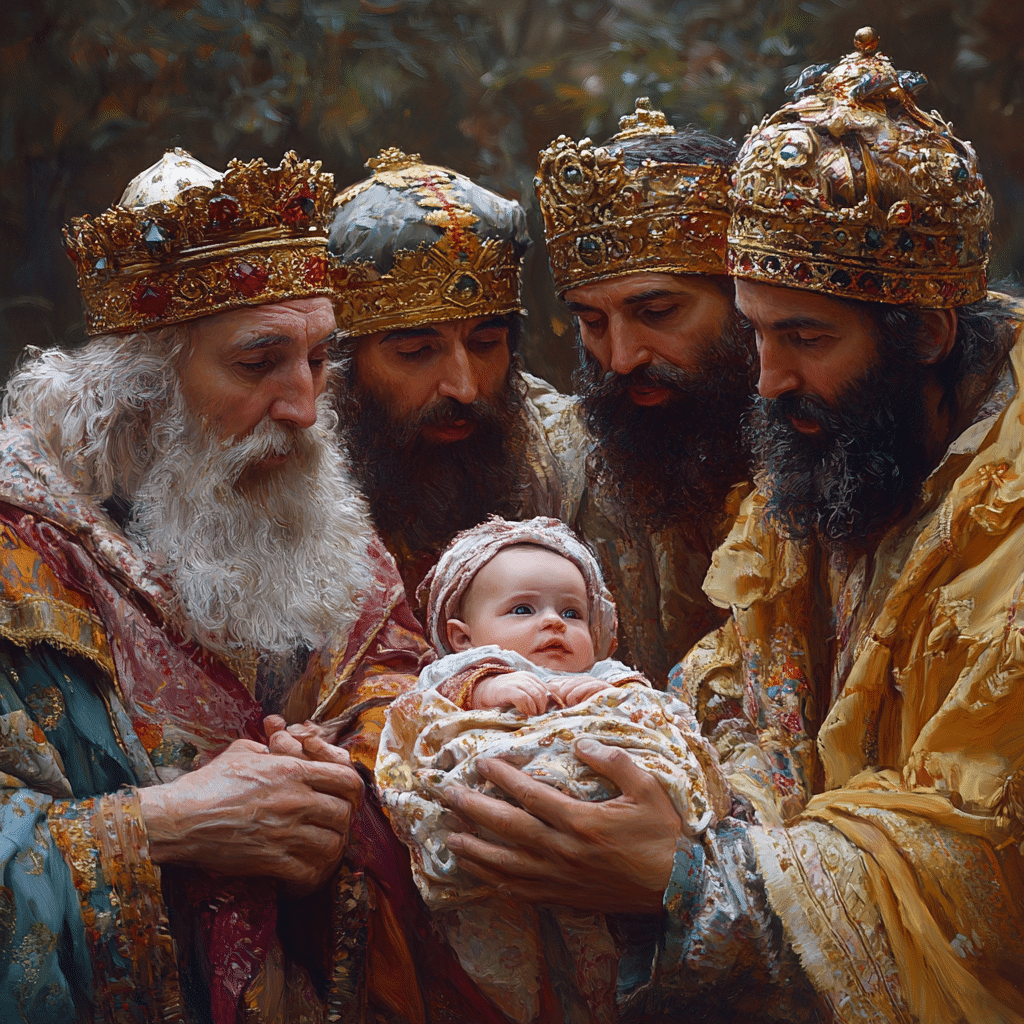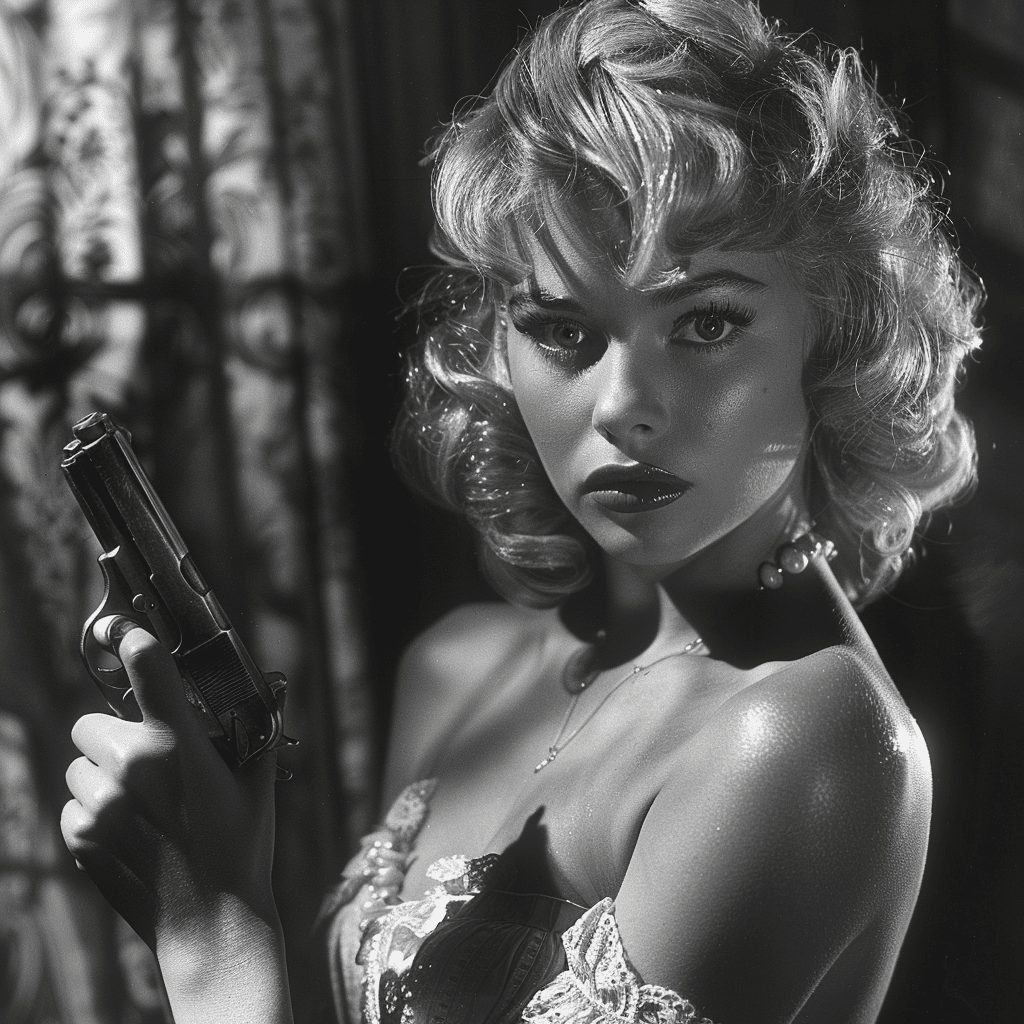Gus Van Sant is a name that reverberates throughout modern cinema. Known for his unconventional storytelling style and skillful exploration of the human psyche, Gus Van Sant has carved out a legacy that has transformed filmmaking. His influence spans across multiple genres, showcasing a knack for challenging societal norms and daring audiences to engage with difficult narratives. From tender human connections to gritty realities, Van Sant’s films are marked by a distinct ability to provoke thought and evoke emotion.
As we dive deeper into the world of Gus Van Sant, it’s impossible to overlook the powerful stories he’s told and the indelible mark he has left on Hollywood. Each of his films has a unique flavor, often blending various styles and themes. He crafts cinematic experiences that aren’t just watched—they’re felt deeply.
Top 7 Groundbreaking Films by Gus Van Sant That Redefined Cinema
This film is a defining piece in Gus Van Sant’s career. It brilliantly blends drama with surreal elements, following two friends, played by River Phoenix and Keanu Reeves, as they navigate life as street hustlers. The film captures themes of identity and longing while showcasing Van Sant’s knack for creating emotional resonance without relying on traditional storytelling methods. The dreamlike sequence of events challenges viewers’ perceptions, transporting them into the characters’ complex worlds.
Perhaps Van Sant’s most widely known work, he took a heartfelt script by Matt Damon and Ben Affleck and transformed it into an Oscar-winning classic. The narrative focuses on a brilliant yet troubled janitor with a gift for mathematics and his bond with a therapist, played by Robin Williams. Van Sant’s ability to elicit powerful performances is on full display here, as he delicately navigates subjects like trauma and redemption, enriching the story with layers of human experience.
This film delivers a haunting exploration of high school life that culminates in a tragic shooting. Gus Van Sant employs long takes and minimal dialogue to create an unsettling atmosphere. The film forces audiences to contemplate the motivations and emotional states of the characters involved, urging a reflection on the broader implications of youth culture and violence. It’s a chilling commentary that lingers long after the credits roll.
With a gentle and contemplative narrative, this film follows a young skateboarder wrestling with guilt and confusion. Van Sant’s storytelling style shines as he intertwines visuals and sound, evoking emotions that resonate deeply. As viewers immerse themselves in the protagonist’s turmoil, they find themselves recalling aspects of their own adolescent struggles, amplifying Van Sant’s thematic concerns.
In this poignant biopic, Sean Penn portrays Harvey Milk, the first openly gay elected official in California. Van Sant captures Milk’s journey while underscoring the fight for LGBTQ+ rights. By detailing the triumphs and heartbreaks of this movement, he connects historical events with modern struggles, illuminating the path towards progress. Through powerful storytelling, Van Sant ensures that Milk’s legacy will forever inspire audiences.
Marking a new direction in Gus Van Sant’s career, this film delves into themes of grief and despair. It showcases a man who journeys through a forest in Japan, confronting existential crises. With strong performances from Matthew McConaughey and Ken Watanabe, the film captivates viewers, urging them to ponder life’s fundamental questions while exploring the delicate balance between despair and hope.
This film tells the true story of cartoonist John Callahan, portrayed by Joaquin Phoenix. Gus Van Sant authentically tackles the struggles of addiction and disability as Callahan confronts his new reality after paralysis. The film shines a light on recovery and self-acceptance while providing viewers with a thought-provoking perspective on overcoming life’s challenges. This commitment to diverse narratives is a hallmark of Van Sant’s filmmaking philosophy.
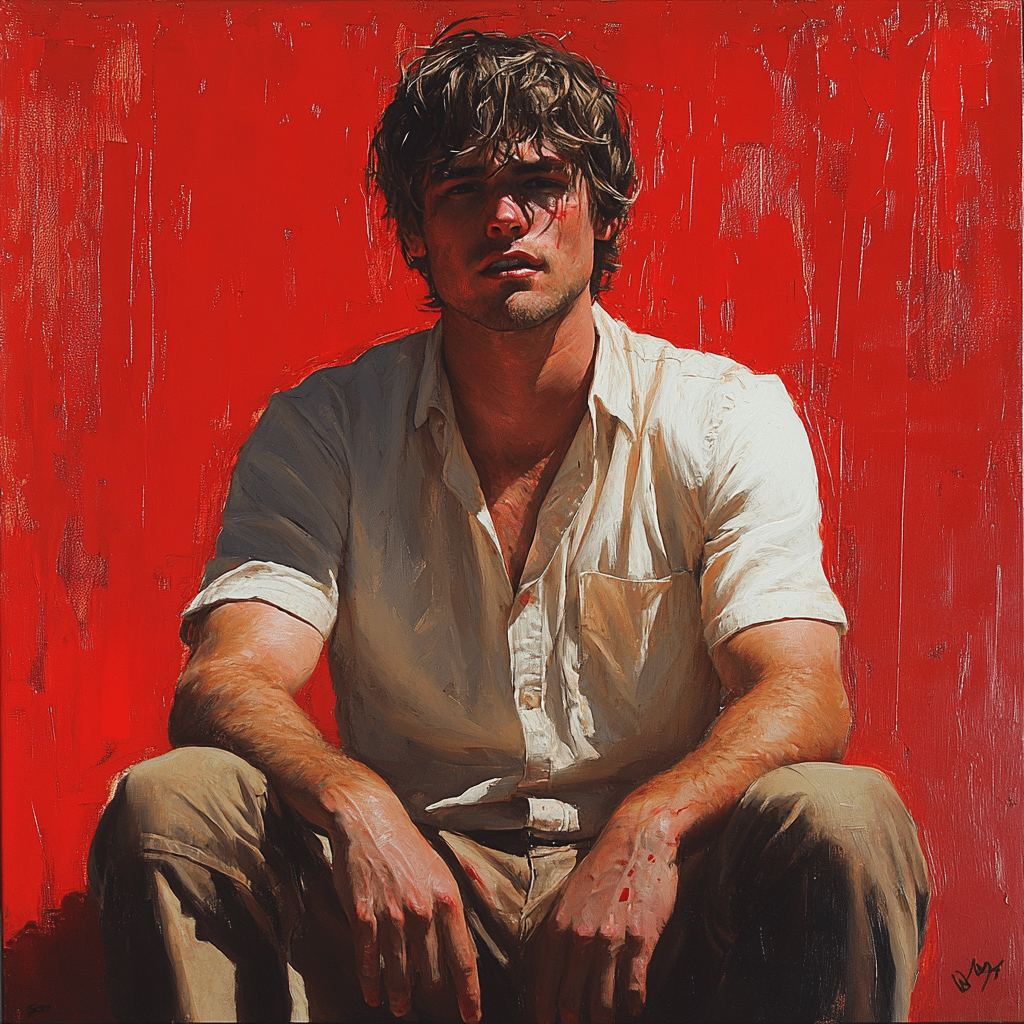
The Impact of Gus Van Sant’s Collaborations: Spotlight on Young Johnny Depp and the Evolution of Jack Depp
Gus Van Sant has not only created impactful films but has also been pivotal in shaping the careers of various talents. A young Johnny Depp starred in My Own Private Idaho, where his performance marked a significant turning point in his career. Van Sant allowed Depp to showcase his depth in character representation, broadening his appeal beyond mainstream films. This collaboration proved to be a crucial stepping stone, demonstrating how Van Sant recognizes and nurtures talent.
The Van Sant connection extends into the next generation with Johnny Depp’s son, Jack Depp. As Jack strives to establish his identity in Hollywood, he reflects the artistic sensibilities fostered through his father’s collaborations. With unique experiences to draw from, Jack shows promise in finding roles that resonate with modern viewers. This generational link highlights how the legacy of creativity and storytelling continues onward, as evident in the echoes of Gus Van Sant‘s influence.
Exploring the film ventures of both Depp and his son unveils an exciting narrative. While Johnny Depp’s breakthrough in My Own Private Idaho marked the onset of numerous diverse roles, it’s interesting to see how Jack’s budding career could mirror the pathways laid down by his father. The artistry of Gus Van Sant could very well serve as a compass for Jack, guiding him through the intricate landscape of modern cinema.
Navigating the Evolution of Storytelling in Modern Cinema
Gus Van Sant‘s contributions reach far beyond directing; he is a vital voice in the evolution of cinematic storytelling. By blending personal narratives with broader social themes, he invites viewers to step into characters’ shoes, making them confront reality. Each narrative exposes raw human emotions, launching meaningful dialogues between audiences and filmmakers.
In a film landscape dominated by sequels and formulaic narratives, Gus Van Sant emerges as a beacon of creative expression. His essence lies in tackling complex themes that resonate through time, instilling empathy in viewers. By daring to bring forth socially relevant issues, he sets a foundation that will inspire a new generation of storytellers to pursue authenticity in their craft.
As the cinematic journey continues to unfold, Gus Van Sant remains a crucial influence. The complexities of modern storytelling challenge us to look deeper within ourselves and the surrounding world. His legacy ensures that narratives maintain their power to evoke feelings, sparking conversations essential for a thoughtful cinematic future.
In conclusion, Gus Van Sant has established an unmatched legacy through groundbreaking films that redefine storytelling in cinema. His relentless exploration of the human condition serves as a model for aspiring filmmakers, proving that authentic narratives can create lasting impact while prompting growth within audiences. From his earliest works featuring young Johnny Depp to his recent projects, Gus Van Sant showcases the profound ability to connect stories with hearts and minds, reminding us that each film is a doorway into understanding our shared humanity.

Gus Van Sant: The Visionary Behind Groundbreaking Films
Adventure in Awkwardness
Gus Van Sant’s filmography is riddled with surprising nuggets that reflect his unique storytelling style. For instance, did you know that Van Sant had a hand in launching the careers of many actors? He helped catapult Matt Damon and Ben Affleck into superstardom with Good Will Hunting. Their synergy made waves and showed how a supportive director can amplify genuine friendships in film. Speaking of connections, Wine And Roses served as a significant inspiration for some of Van Sant’s early work, illustrating the crossover between personal experiences and cinematic expression.
An Artistic Palette
Another fascinating tidbit: Van Sant initially studied painting before diving into filmmaking, blending visual artistry with storytelling. His eclectic approach reminds one of Millie Bobby Brown’s bold fashion choices, like her iconic look in purple pants, which reflect her vibrant personality. Van Sant often integrates vibrant visuals in his films, capturing the essence of youth and rebellion. Notably, his collaboration with various artists has been a hallmark of his films, creating a mosaic of creativity. This integration heavily resonates in works like My Own Private Idaho, showcasing characters who navigate complex emotional landscapes.
The Spirit of Youth
Diving deeper into Van Sant’s influence, it’s evident he has a knack for gritty realism, often tapping into the highs and lows of teenage life. The raw emotions that characters portray can be likened to Yeo Sang’s energy on stage, captivating audiences with his authenticity. Plus, think of Robbie McKinley, the skateboarder, whose spirit embodies the essence of youth and freedom that Van Sant strives to illuminate on screen. His films often explore these themes, bringing a touch of nostalgia while resonating with the current generation’s experiences and pressures.
In reflecting on Van Sant’s style, the interconnectedness of art and experience is undeniable. Just like the lyrics from Get Him Back, his films often channel deep emotions and resonate with viewers on a personal level. By capturing the trials and tribulations of youth, Gus Van Sant not only entertains but also encourages us to explore the complexities of our own narratives—making his work integral to both film history and current storytelling practices.
